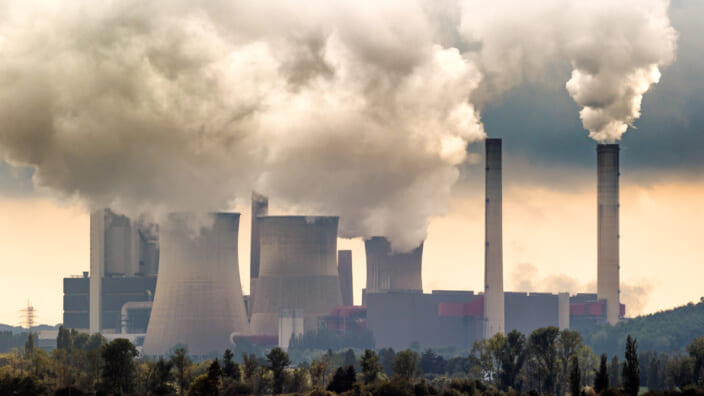Racially segregated communities exposed to air 3 times more concentrated with cancer-causing toxins, researchers say
"What this is showing is that communities across the United States are not exposed to the same mixture of particulate air pollution," says John Kodros, the study's lead author.
Mass concentrations of recognized harmful and cancer-causing metals — such as lead, nickel and chromium — are three times more likely to be inhaled in racially separated communities.
According to ABC News, researchers assessed air pollution exposure across the U.S. using data from air pollution monitoring and the American Community Survey from 2014 to 2019. On Tuesday, they published the results in Nature Communications.
They discovered that areas with a high level of racial residential segregation are subject to concentrations of total fine particulate matter “with over three times higher mass proportions of known toxic and carcinogenic metals” and noted that “concentrations of total fine particulate matter are two times higher in racially segregated communities.”

The study’s lead author, John Kodros, a research scientist at Colorado State University, said when compared to areas with a low level of racial residential segregation, metal concentrations from anthropogenic sources — defined as “something that is made by humans” — are over 10 times higher in racially segregated areas.
“What this is showing, Kodros told ABC News, “is that communities across the United States are not exposed to the same mixture of particulate air pollution.”
Scientists have long shown that residents of underprivileged and minority communities suffer more significant environmental harm than other populations. Still, researchers said the exposure distribution among racially segregated communities to specific toxic chemical elements contained in particulate matter was not previously known.
According to the study, the new data demonstrates the disproportionate burden of air pollution endured by specific populations.
Kodros said that even when adjusting for total air pollution, the concentrations of these metals are substantially greater in racially segregated communities than in regions with high levels of integration.
Segregation, he maintained, has been institutionalized throughout our nation’s history.
“Often when areas are building a road or a factory, it goes into a certain part of the city,” said Kodros, ABC News reported. “Putting in that factory or that highway often ends up in areas that are more racially segregated and in the communities of color.”
According to Kodros, this causes emissions from companies and roadways at different rates, depending on racial and ethnic segregation.
Instead of attempting to reduce emissions everywhere, he argued that policymakers should consider specific policies to reduce them with an eye toward environmental justice.
Researchers like him, ABC News says, hope their findings will help shape laws that will lessen Americans’ unequal exposure to air pollution.
TheGrio is FREE on your TV via Apple TV, Amazon Fire, Roku and Android TV. Also, please download theGrio mobile apps today!











